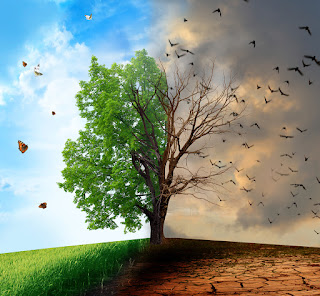Before the hurricane season
A below-normal hurricane season doesn't mean people living near the coast are going to avoid the catastrophic impact tropical storms can cause. The should always be ready to respond quickly and have some basic supplies readily available.
- Know what evacuation route you will use. Keep in mind that thousands of other drivers will probably be using the same roads.
- Have a disaster kit for each family member and be sure they know where it is. It should include a flashlight, batteries, first aid supplies, food, cash and identification. It is a good idea to have a crank charger and spare battery for cell phones and flashlights.
- Be prepared to remain in your home for several days without power or supplies from the store. You may want to seriously consider a backup generator that is capable of powering the entire home.
- During times of crisis, communication is always difficult and cell towers are pushed to their maximum capacity. Prepare a family communication plan well in advance of any emergency.
- Many coastal communities have alert systems to send emergency notifications by text or email. When moving to a new area sign up for these alerts by searching the community name plus "alerts" on the internet or contacting the area fire department and first responders.
A person's home is often their place of comfort and protection during life's many storms. But these well-built structures are vulnerable to forces of hurricanes and severe storms. Some advanced planning can reduce risks and minimize the financial toll when storm damage occurs.
- Evaluate your home insurance policy for adequate coverage. Most standard policies do not include flood insurance. You should also add coverage for any exterior buildings or other features that could be costly to replace.
- Routinely inspect your rain gutters and down spouts. They should be clear of debris and securely attached to properly divert water away from your home during heavy rains.
- Have wood cut to size for quickly boarding up windows. Storm shutters are the best protection, but more costly. Taping windows and doors provides absolutely no protection.
- Doors should have multiple locking mechanisms to prevent them from flying open during a storm. Open windows and doors increase internal pressure under the roof and can lift it off the house.
- Consider installing hurricane straps that will securely attach the roof to the rest of the structure for added strength.




